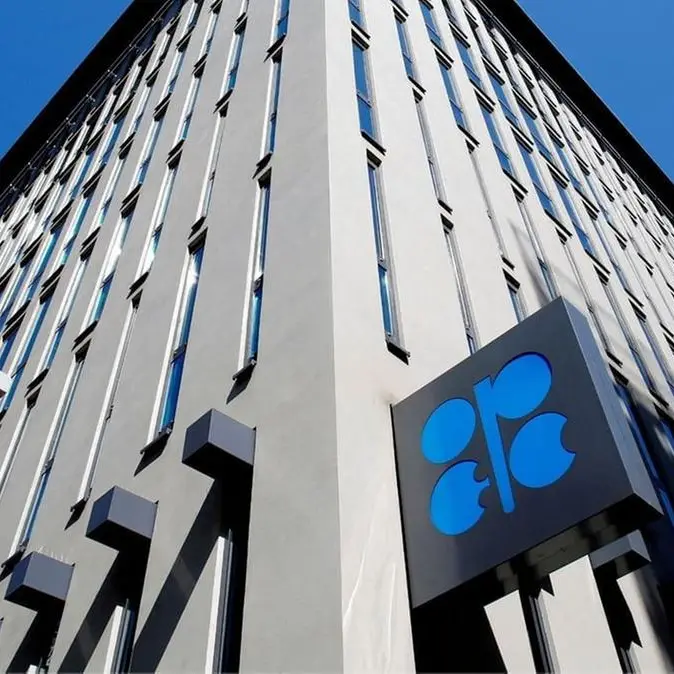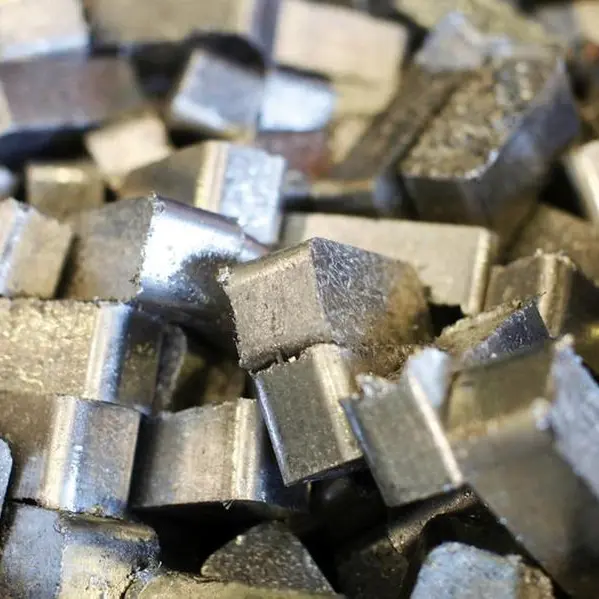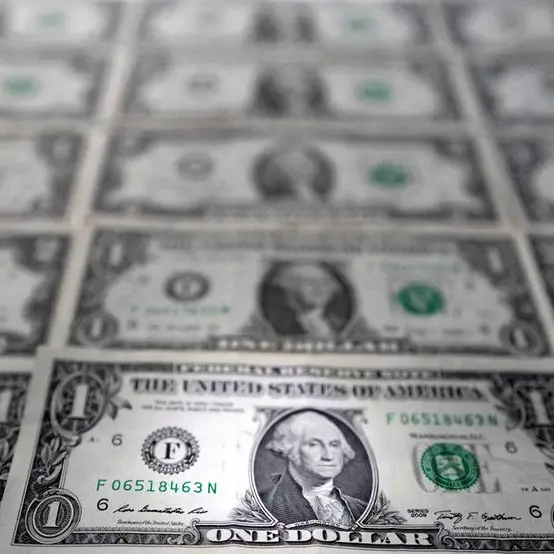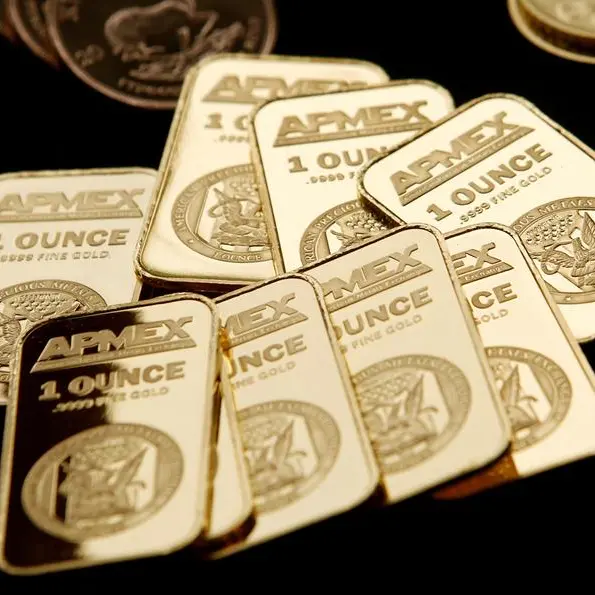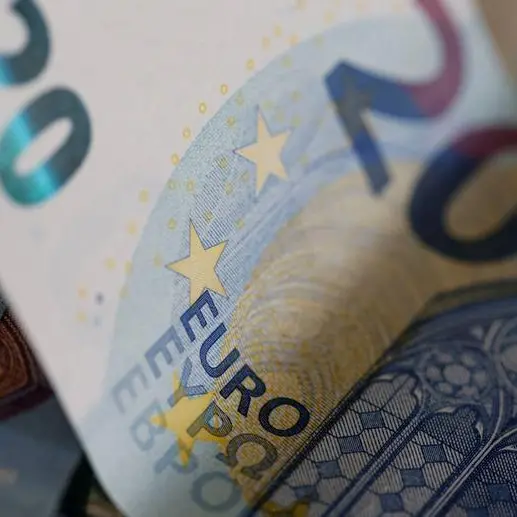PHOTO
Developed in collaboration with the World Gold Council, the new Standard sets out the framework for Shari'ah-compliant investment in gold and silver
The new Standard was officialy unveiled at a launch event in Dubai on 5 December 2016 where the Accounting and Auditing Organisation for Islamic Financial Institutions (AAOIFI) and the World Gold Council jointly announced the issuance of ‘Shari’ah Standard No. 57 on Gold and its Trading Controls. The Standard deals with the Shari’ah rulings for gold in its various forms and categories, the Shari’ah parameters for gold transactions and the rulings for gold-based financial products in institutions.
The Standard will, for the first time, set specific rules for the use of gold as an investment in the Islamic finance industry. However, within the Standard it is also made clear that all Shari’ah rulings on gold apply equally to silver. Until now, there have been no such rules.
Discussions on the Standard (no. 57) were finalised at the AAOIFI Shari’ah Board meeting on 17-19 November 2016, where the final wording of the Standard was approved. The Standard development followed the usual strict AAOIFI process and incorporated a consultation period including public hearing sessions involving all key stakeholders, to ensure that the final Standard would be a practical tool for the industry.
THE GOLD STANDARD
The Standard was designed to clarify the rules on investing in gold in Islamic finance. It will enable more Shari’ah-compliant investment and govern an important asset class, which by its nature is highly liquid and constitutes an alternative investment vehicle within the Islamic finance industry. The Standard will allow Islamic financial institutions to satisfy consumer and investor demand through the development of new Shari’ah compliant gold products. The Standard shows that investment in gold is permissible provided that all the relevant Shari’ah rulings are satisfied, including those relating to taking possession of gold and the proper calculation of Zakah. Dr. Hamed Hassan Merah, Secretary General of AAOIFI, said, “This all-important Shari’ah Standard culminates substantial efforts exerted by the AAOIFI Shari’ah Board, being the leading and most influential Shari’ah authority across the Islamic finance industry worldwide. It constitutes a new addition to the existing set of AAOIFI’s standards as it covers Shari’ah- compliant mechanisms for dealing and investing in gold in present-day setting, potentially setting ground for constructing and structuring of new investing products in conformity with Shari’ah rules and precepts, in addition to those relating to liquidity management for Islamic financial institutions. Hopefully, this would represent a progressive stride for the Islamic finance industry.”
Dr. Merah added that the AAOIFI Shari’ah Board consisted of 20 scholars from 15 countries around the world. In the development work on the new Standard, three public hearings were held in Oman, Sudan and Malaysia and more than 100 hours of meetings took place.
SHARI’AH CONSIDERATIONS
According to Shari’ah rules, gold can be both a currency and a commodity. It is a Ribawi item, and, along with silver, belongs to the subcategory known as ‘the two precious metals’. In both cases, the Shari’ah rulings on currency exchange (Sarf) must be adhered to when trading in gold, where Shari’ah rules consider the exchange of gold for gold permissible provided that the two legs of the transactions are equal in weight and that the exchange is concluded on the same day or session. However, if gold is exchanged for silver or any other form of money, the transaction is considered permissible provided that handing over and taking possession are carried out based on Shari’ah rulings with respect to Taqabudh (i.e. in the session of the contract ‘trade date or T+0’). The condition of Taqabudh (immediate payment and receipt by the two parties to an exchange) does not apply to the exchange of gold for other commodities or services or other Ribawi items that belong to the subcategory of foodstuffs, e.g. wheat, dates, etc. The Standard covers the use of gold in various contractual settings including partnerships, sales, noncommutative contracts (donations), and contracts of security (surety). These applications of the Standard may be used to develop Shari’ah-compliant products such as vaulted gold, regular gold savings plans, gold certificates and physical gold ETFs, amongst others.
A NEW ASSET CLASS?
It is likely to help open up a new investment asset class, enabling Islamic banks and other financial institutions to grow their customer bases and facilitate the creation of a broader range of saving, hedging and diversification products. A number of existing gold investment products are likely to be deemed acceptable under the Standard but no current futures or forward contracts are considered to be Shari’ah-compliant.
One of the key factors is tracing ownership, thus any product with unallocated gold cannot be compliant; the Standard, said Datuk Dr. Mohd Daud Bakar, Founder and Executive Chairman, Amanie Group, ‘requires specific identification of the gold’. In fact, the initial work on establishing a Shari’ah-compliant gold investment solution began with consultation between the World Gold Council and Amanie Advisors, prior to the work of AAOIFI.
Speaking at the launch of the Standard, Natalie Dempster, Managing Director, Central Banks and Public Policy for the World Gold Council, noted that gold plays three key roles in investment: in wealth preservation; in risk management; and in diversification. In each case she emphatically underlined, “Yes it does!” to the question of whether gold plays the same role for the Islamic investor as for the conventional investor.
The Standard means that savers and investors may benefit from gold in a Shari’ah-compliant way. Gold is a physical, tangible asset with no credit risk, it acts as a unique portfolio diversifier, it outperforms in times of crisis, it outperforms major currencies, and it protects against inflation / preserves capital in the long run. World Gold Council research shows that modest allocations to gold of between 2-10 per cent can protect and enhance the performance of a typical Shari’ah-compliant investment portfolio. Research by the Council suggests that gold is less volatile than major Islamic equity indices, REITs and the Takaful index. While it can be more volatile than Sukuk, gold may be considered a ‘safer’ asset class because it carries no credit risk or third-party liability.
The gold market dwarves many existing Islamic finance asset classes. With regard to the impact on the gold market of the new Standard, Dempster said, “Islamic countries [currently] hold significantly less gold than their conventional counterparts. Many don’t hold enough to figure in the official statistics; those that do hold gold, it has been limited very much to bars and coins. They haven’t adopted exchange-traded or modern products… AUM [assets under management] in Islamic finance amounts to $2 trillion. If just one per cent of that was to go into gold it would equate to 500 tonnes, a quarter of all the gold mined each year.”
In a statement to the press, Aram Shishmanian, CEO of the World Gold Council, said, “This is a ground breaking initiative for Islamic investors and for the gold industry at large. We are delighted that there is now definitive Shari’ah guidance on the permissibility of investing in gold. Gold is a proven wealth preservation asset that Islamic investors can now deploy to protect their wealth and diversify market risks.”
BANKING ON GOLD
As a Shari’ah-compliant asset class, gold could attract the attention not just of both Muslim and non-Muslim individual and institutional investors but also of Islamic commercial banks. Dependent upon Central Bank approval, gold could be considered a high quality liquid asset [HQLA] under the Basel III liquidity requirements. Such a move could ease the issues facing Islamic banks in meeting these requirements through only a limited supply of Sukuk. Dempster confirmed that this ‘could be an additional use for gold if national regulators deem it appropriate’.
It would be surprising if Central Banks do not follow this route. The relative illiquidity and limited size of investable asset classes remain major problems in Islamic finance. Illiquidity is compounded by the scarcity of investable assets, which itself leads to investor hoarding once the assets have been acquired. The suspension in 2015 by Bank Negara Malaysia of its short-term Sukuk issuance highlighted the limitations on the liquidity management tools available in Islamic finance.
Gold, on the other hand, according to the World Gold Council publication Advancing Islamic finance through gold, is one of the world’s largest and most liquid asset classes and is some 24 times larger than the current volume of issued Sukuk.
Following the launch in Dubai, AAOIFI took the new Standard on the road—to Bahrain, back to Dubai, to Malaysia and Indonesia to meet with banks and physical gold dealers. The Standard will be adopted by countries and jurisdictions that currently adopt AAOIFI’s rulings on a mandatory basis (Bahrain, Oman, Pakistan, Sudan, Syria), as well as those countries that use these Standards as the basis for national Shari’ah guidelines (Indonesia and Malaysia) as well as individual institutions in other jurisdictions where the AAOIFI standards are used as the basis for internal guidelines (Saudi Arabia, France, UK, UAE, Qatar and countries in Africa, Central Asia and North America).
The new Standard was first published in Arabic but will be available in other languages shortly, including English, Russian and Urdu among others. It may be accessed by subscribers to the digital version of AAOIFI’s Standards (through AAOIFI’s website and mobile app platforms) or via the specially created website www.shariahgold.com.
© Islamic Business and Finance 2017


